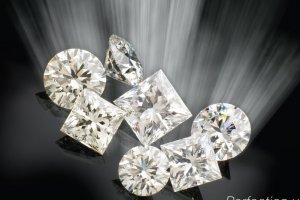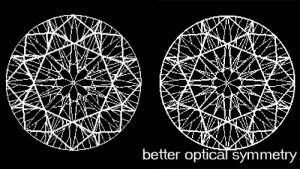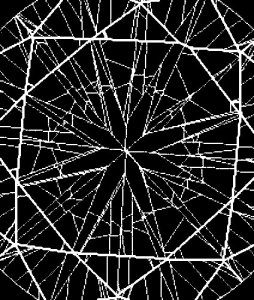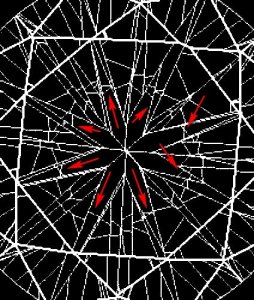- Joined
- May 3, 2001
- Messages
- 7,516
This is the first of several exerpts from Peter Yantzer''s presentation on Tuesday.
In this first segment Peter had us list our favorite in this picture, starting with 1 in the upper left hand corner counting across so that 1 @ 2 are in the top row, 3, 4, 5 in the second row and 6, 7 are in the bottom row.
Then he had us list our least favorite picture.
Then we handed in the paper and the vote tallied.
Do this BEFORE you watch the video. I am enclosing the picture as the duratrans did not show at all in the video except as a big white glare...
I will put the video in the next mail to help you not be tempted to cheat...
Wink

In this first segment Peter had us list our favorite in this picture, starting with 1 in the upper left hand corner counting across so that 1 @ 2 are in the top row, 3, 4, 5 in the second row and 6, 7 are in the bottom row.
Then he had us list our least favorite picture.
Then we handed in the paper and the vote tallied.
Do this BEFORE you watch the video. I am enclosing the picture as the duratrans did not show at all in the video except as a big white glare...
I will put the video in the next mail to help you not be tempted to cheat...
Wink














300x240.png)